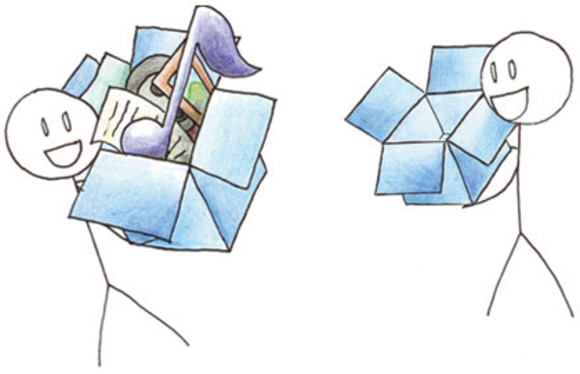On Monday we successfully sub-cultured 5 plates of physarum polycephalum.
We started by melting a bottle of 2% non-nutrient agar in a pot of water. We had to start of with the water and the bottle of solid agar at the same temperature, gradually warming them up so the glass agar bottle wouldn’t break. We also unscrewed the bottle cap most of the way so air could get in and out. Once it was fully liquefied, we took the bottle out and waited for it to cool enough to pour. We then poured the agar into 5 petri dishes, opening them only long enough to pour the agar in to avoid contamination. We kept the lids on for about 30 minutes while waiting for the agar to set, then prepared to sub-culture from our plate of growing mould.
We ended up having to sterilize the X-Acto knife blade three times (it got dropped, etc.) due to worrying we might contaminate the mould – kind of ironic if you ask me. Once the agar was set and we were ready to subculture, I carefully cut 5 small cubes from our growing culture, placing them upside-down into the petri dishes. We took 2 squares with the oat flakes they were already eating, 2 squares without that we placed directly on top of oat flakes, and 1 that we placed with no oat flakes directly touching it.
From the results so far, the ones we took with oats they were feeding on are growing the best, followed by the ones we put directly on top of an oat flake. The one we took by itself that was not originally touching an oat flake has not grown as much but is still alive and well, from the looks of it.
My partner also replaced some of the oat flakes our original culture was eating because they looked like they were either a bit mouldy (with a different type of mould) or might soon get mouldy, as we read that physarum polycephalum will leave old oat flakes for new ones, which can lead to older ones getting contaminated by other fungi.
Yesterday we prepared another 10 petri dishes with plain 2% agar for future use, putting 5 of them at room temperature and 4 in the fridge. The last one we left out, with the lid off in the science room so we could see if anything (that might land on it from the air) grows on it. So far nothing has, and considering how well the mould is doing it seems less finicky than we originally thought. The non-nutrient agar is working great, and the mould is growing just fine!
Today we put one of the 5 sub-cultured cultures into the fridge so we can see how much impact the cold has on its growth speed. By comparing it to the others, we hope to determine if we can leave it in the fridge over the weekend without it growing too much.

